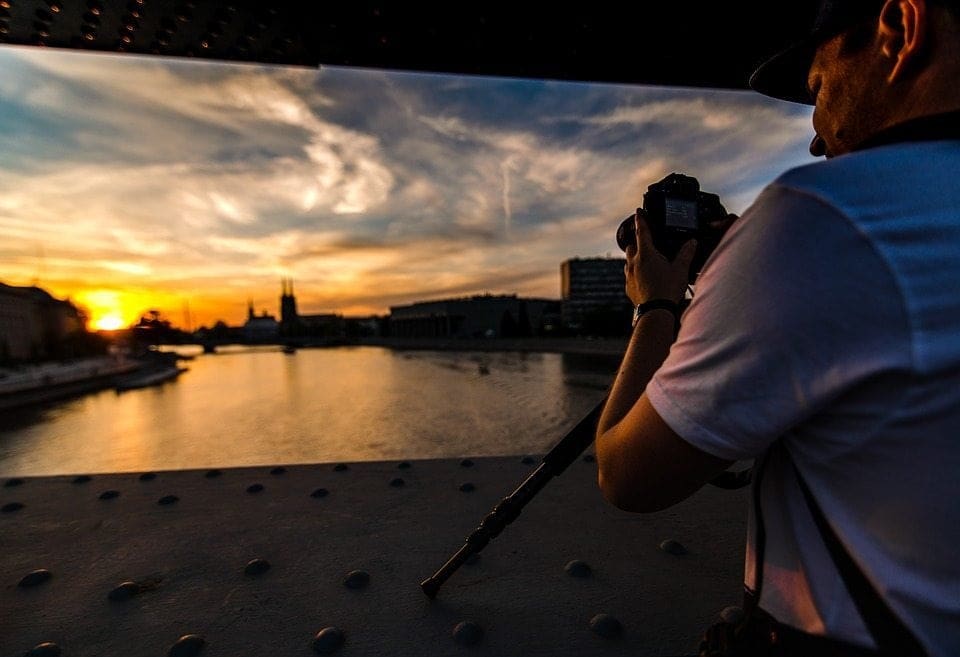Photography is all about capturing light, so it only makes sense that the toughest challenge for any photographer will be capturing images in low-light conditions. As digital camera technology has improved over the years, cameras are able to capture usable images at higher ISO settings, but ‘usable’ can still mean quite a bit of noise.
So what are the best cameras for low light photography? There are really two things to consider when shooting in low light: image quality and AF performance.
It’s rare to find a camera that can both focus reliably at low light levels, yet also produce clean images that resolve fine details. Some, like the Nikon D850, can achieve both admirably. Most tend to excel at one or the other.
That’s why we’ve split this list of the best cameras for low light photography in two: those that provide excellent image quality in low light and those that can focus accurately in the dark.
What sensor size for low light?
Generally, the bigger the image sensor, the better it will perform in low light. So a camera with a full-frame sensor is probably your best bet.
That said, there are some APS-C format and smartphone cameras on our list of the best cameras for low light photography, and they’ve well and truly earned their spots!
Best cameras for low light photography based on image quality
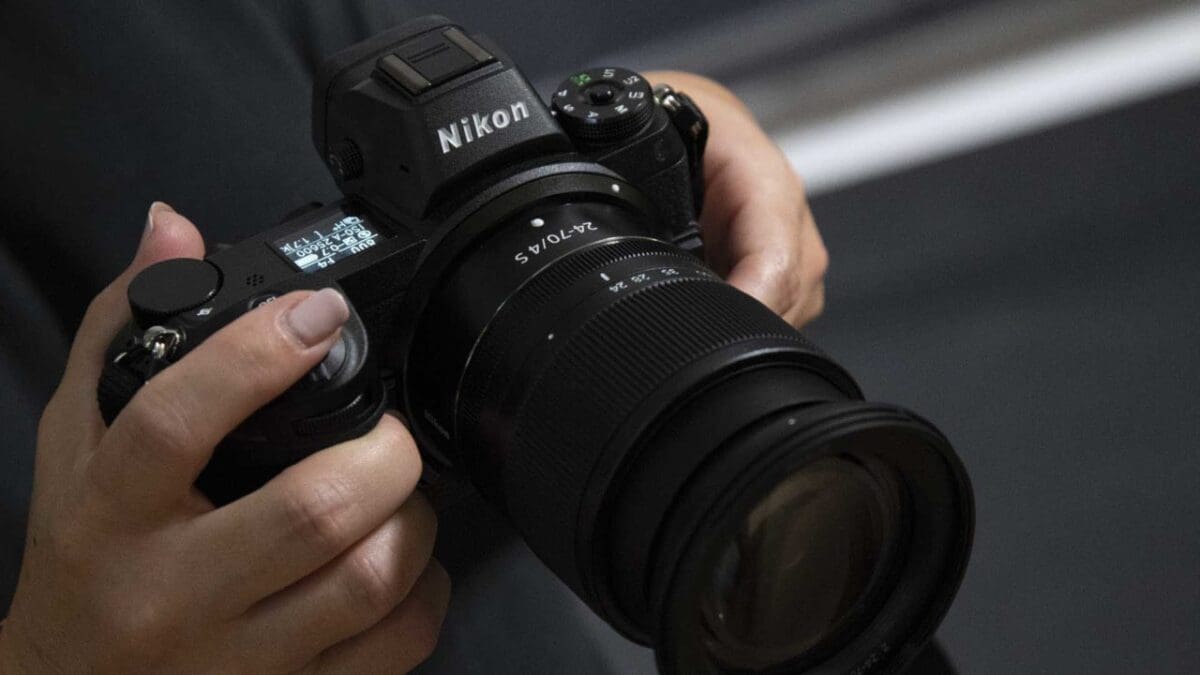
Nikon Z6
- Lower noise thanks to larger pixels
- 5-axis stabilisation with 5EV stops compensation
Having a lower pixel count on the same size sensor gives the Z6 a few advantages over the Z7. The larger pixels are able to gather more light which means that noise levels are lower – not that the Z7 struggles in that area!
Also, as the sensor is used for autofocusing, the AF system is more sensitive. And the smaller file sizes of the Z6 means it has a faster maximum continuous shooting rate (12fps) and deeper burst depth. For example, you can shoot 44 large fine Jpegs in one burst with the Z6 and 25 with the Z7.
The Nikon Z6 also has a 5-axis stabilisation system built in, which provides 5EV of shutter speed compensation.
It may be the flagship in the range and cost more money, but in our tests we found the Z6’s AF system copes a bit better with low light than the Nikon Z7.
By giving the Z6 and Z7 the same specification (with the exception of anything pertaining to their pixel count) and identical build and handling, Nikon has given users a real choice without compromise. You can have a lower price and lower resolution for better low-light performance and faster continuous shooting without having to miss out on the weather-sealing.
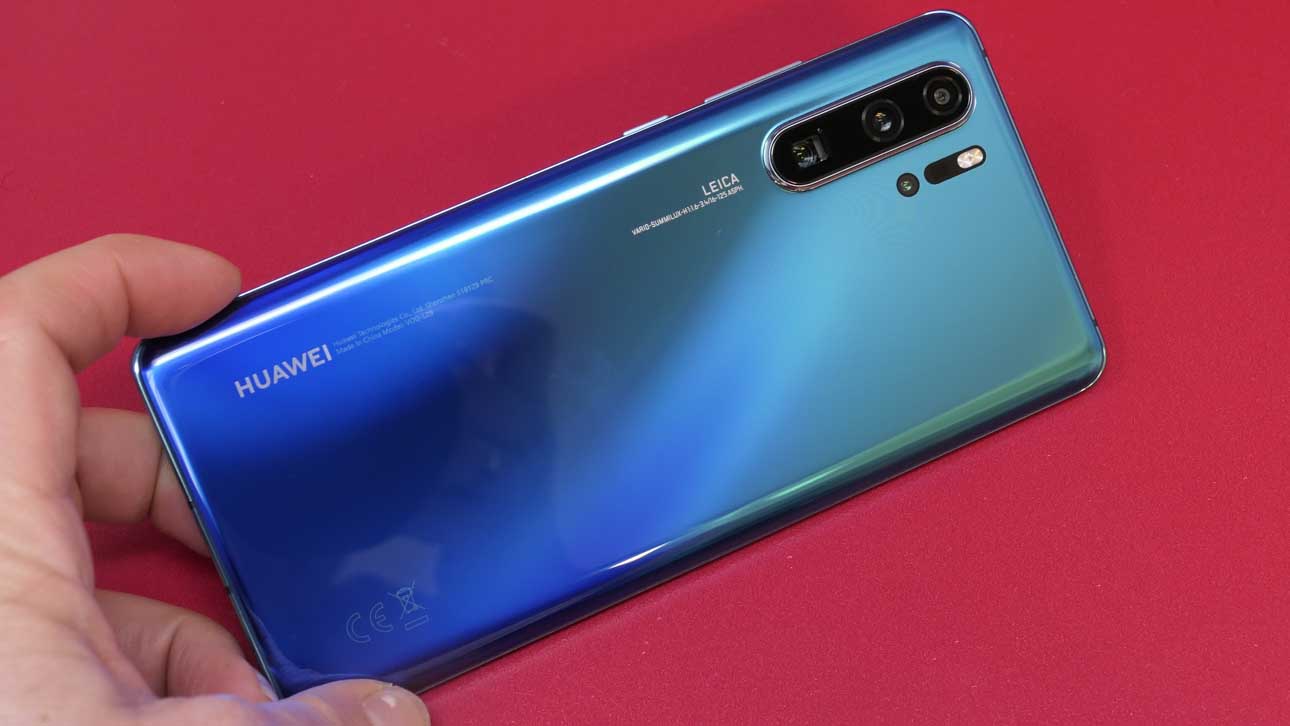
Huawei P30 Pro
- Night mode enables good low light without a flash or tripod
- Easy to use
The Huawei P30 Pro is a high-end Android smartphone that replaces the superb P20 Pro and is the first smartphone to feature a Leica quad camera. With the P30 Pro, it’s the 40Mp SuperSpectrum camera that breaks new ground.
According to Huawei, this new sensor lets more light in than ever before. It does this by using a variation on the standard RGGB Bayer pattern of coloured filters over the light receptors (pixels). Instead of the green filters, the sensor has yellow filters. The yellow spectrum is wider and therefore it enables more data to be collected from the same scene.
As a result, Huawei says the P30 Pro is much more effective in low light. In fact, the sensitivity has been extended to ISO 409,600 . That’s phenomenal for a smartphone and a 2EV step-up from ISO 102,400 in P20 Pro.
Huawei AIS (Image stabilisation) is built-in to help get sharp images and steady video. This is the powerhouse behind the Night Mode. In the P20 Pro the IS system enables sharp shots with exposures of 5-6sec to be captured without a tripod. According to Huawei, the P30 Pro can capture even more detail during longer exposures.
Furthermore, the stabilisation can be used to help capture long exposures in daylight to create images with blurred water.
At the pre-launch event, Huawei arranged a couple of paintings in a very dark room. The results in there were nothing short of amazing. Firstly, the camera was able to focus in very little light, but secondly, it captured a level of detail that is astonishing for such dim conditions.
It may be a smartphone, but the Huawei P30 Pro may be the best camera for low-light photography on this list.
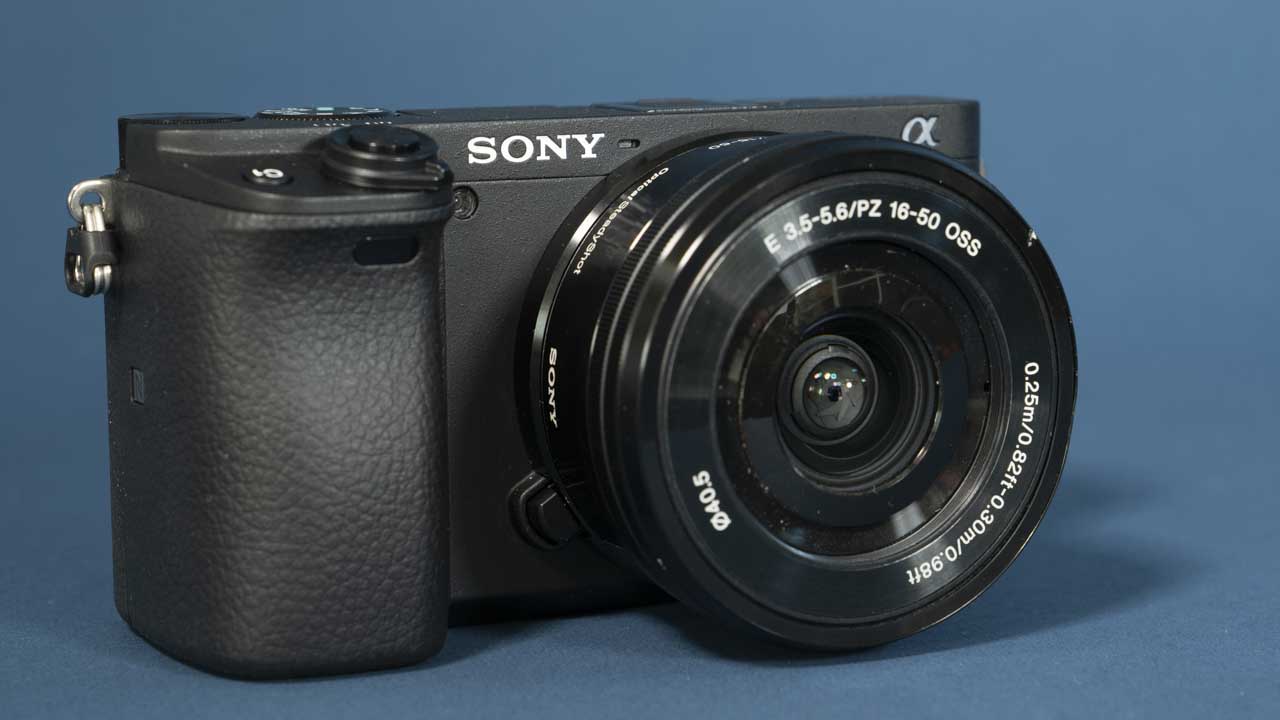
Sony A6400
- ISO 100-32,000 expandable to 102,400
- Can shoot at -2EV in AF-S mode
Like the A6300, the Sony A6400 has a 24.2Mp APS-C format sensor, however, this is a more modern chip. It’s also paired with an updated version of the Bionz X processor. As a result, Sony has pushed the sensitivity range further, hitting ISO 32,000 in the native range and ISO 102,400 in the expanded range.
There are also new image processing algorithms on-board to help deliver better image quality. But Sony hasn’t just gained ground in the camera market because of the impressive specification of its cameras. They deliver the image quality that photographers want as well.
According to Sony the low-light capability of the A6400’s AF system is better than the A6300’s and it can function at -2EV in AF-S mode.
In short, the A6400 is very a good camera for anyone starting to get serious about photography. It’s attractively priced and has a comprehensive range of features for both photographers and videographers.
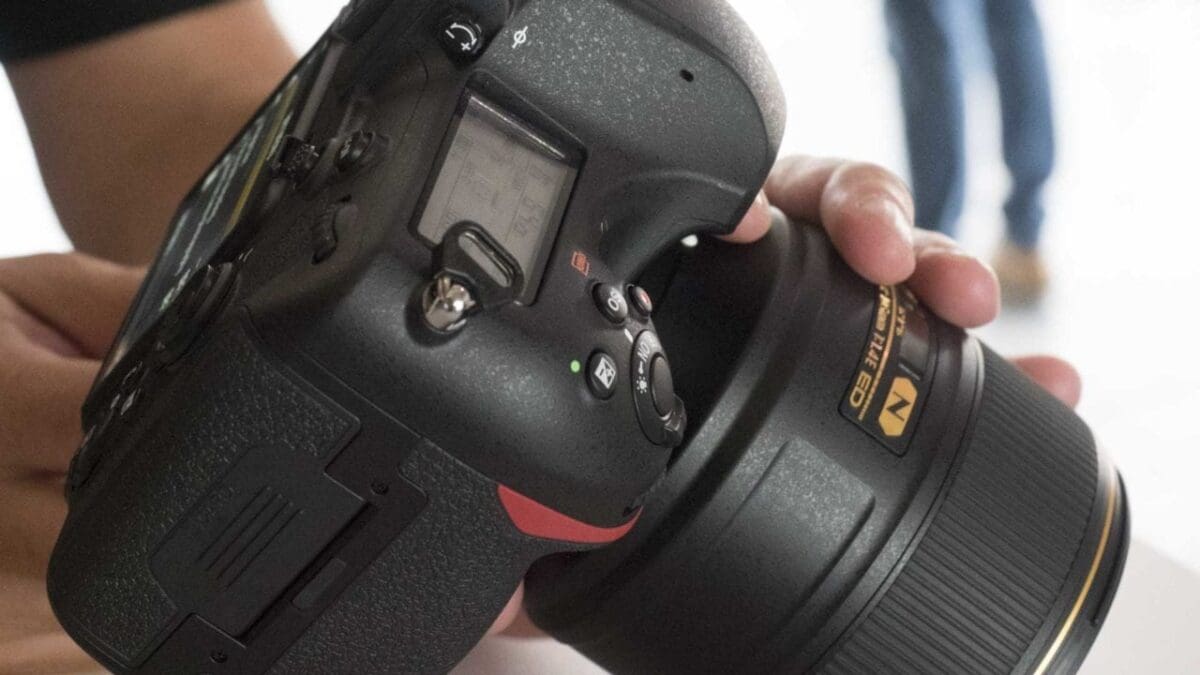
Nikon D850
- 45.7Mp full-frame back-illuminated sensor
- Equivalent ISO range of 32-102,400
Inside the D850 is a full-frame (35.9 x 23.9mm) sensor with 45.7 million effective pixels. As the sensor is backlit and the micro lenses are gapless the photoreceptors (aka pixels) have the maximum opportunity to gather light. This and the Expeed 5 processing engine has enabled Nikon to give the camera a standard sensitivity range of ISO 64-25,600. There are also expansion settings that extend the range to the equivalent of ISO 32-102,400.
Another feature that will have the ears of Nikon lovers pricking up is the inclusion of the same autofocus (AF) system as is in Nikon’s flagship camera, the D5. This has 153 points with the centre point being sensitive down to -4EV and the rest being sensitive down to -3EV. A total of 99 of the points are cross-type. It means that the D850 should be suitable for shooting sport and action in low light conditions.
Like the D5 the D850 has a 180,000-pixel RGB sensor to inform the metering, white balance, autofocusing and scene recognition system. This functions down to -3EV – useful for low light photography.
As it has the D5’s autofocus (AF) system it’s not really a surprise to find that when you’re shooting using the viewfinder the D850 can focus quickly even in low light conditions. It’s very effective.
Images taken at the uppermost native sensitivity setting (ISO 25,600) look good but there’s inevitably some loss of detail. The images taken in the upper expanded range also look pretty decent.
In sum, the Nikon D850 is a well-built camera with a high-level specification that delivers first-rate images in tricky situations.
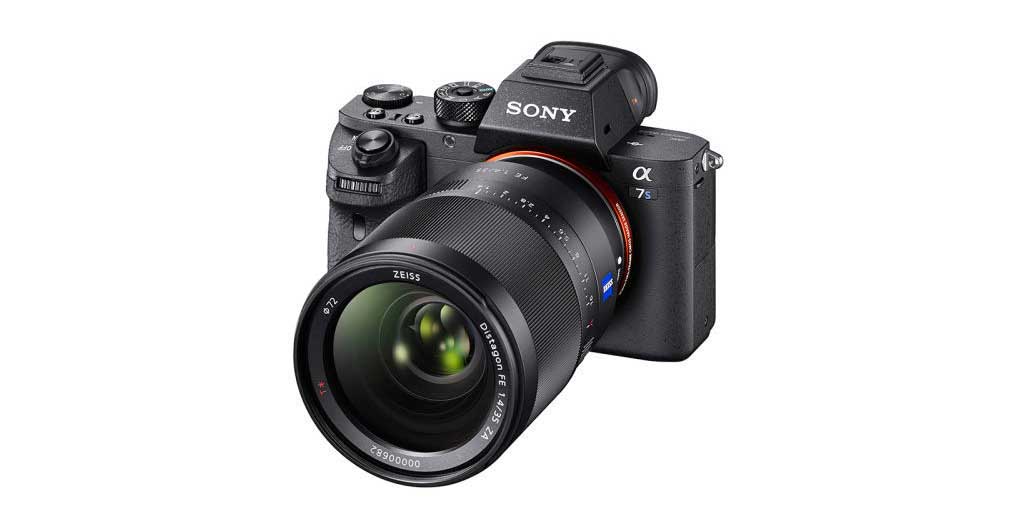
Sony A7S II
- 12.2MP full-frame Exmor CMOS sensor
- Can function down to -4EV
The A7S line was originally billed as the low light and video model in the Sony A7 series, and it’s proved extremely popular with videographers. The A7S II may seem modest in comparison to other cameras on the market when solely looking at its relatively low pixel count of 12.2 megapixels. But its the size of these pixels that allow for more light to be captured.
Working together with Sony’s Bionz X image processor, the A7S II sensor enables users to capture a wide dynamic range with minimal noise. Its native ISO range is a whopping 100 to 102,400, which can be expanded to an equivalent of ISO 50 to 409,600.
The sensor’s design also features a new-generation RGB colour filter array, as well as a gapless on-chip lens design. Together, these two technologies enable the A7S II to capture light more efficiently with less noise.
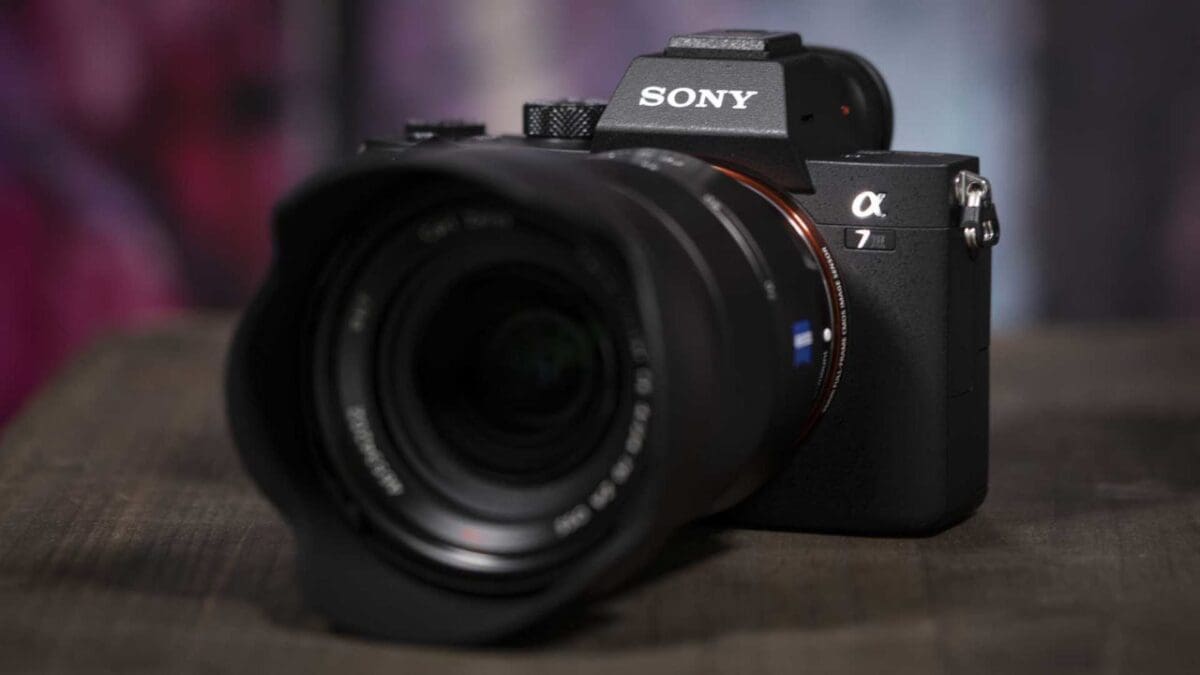
Sony A7 III
- Impressive dynamic range
- Can function down to -5EV
With the A7 III Sony stuck with the 24-megapixel sensor. Although the sensor is backside-illuminated (BSI), it’s not the same sensor as is in the A9. However, there is a front-end LSI which Sony says doubles the readout speed from the A7 III’s sensor.
According to Sony, this results in the focusing in low light being almost twice the speed of the A7 II’s. What’s more, the focus tracking is twice as fast.
The sensor and processing engine enable an overall sensitivity range of ISO 50-204,800. This helps the A7 III perform extremely well in low light. In fact, Sony is claiming a 1.5EV improvement in image quality overall vs the A7 II.
Sony’s 5-axis optical in-body image stabilisation is also on hand. It’s claimed to give a 5EV extension in the hand-holdable shutter speed.
In our tests, we found its low light autofocusing wasn’t quite as good as the Nikon D850, but it’s still exceptionally good (and half the price). Angela, who reviewed the A7 III, was able to photograph a pair of dancers in a dimly lit room filled with smoke and the low contrast didn’t cause much at all in the way of problems.
As for noise, even images captured at ISO 51,200 look good. The jpegs have a slight texture visible at 100% and show some signs of noise reduction, but they’re not objectionable. The raw files give you the option to avoid this noise reduction so you can have slightly more textured images with more detail.
The Sony A7 III also has an impressively wide dynamic range that enables it to capture images that look natural. It also means its raw files have excellent latitude. You won’t find the highlights burning out quickly and the shadows can be brightened post-capture if necessary. In some instances, it’s possible to brighten the 14-bit raw files by as much as 5EV.
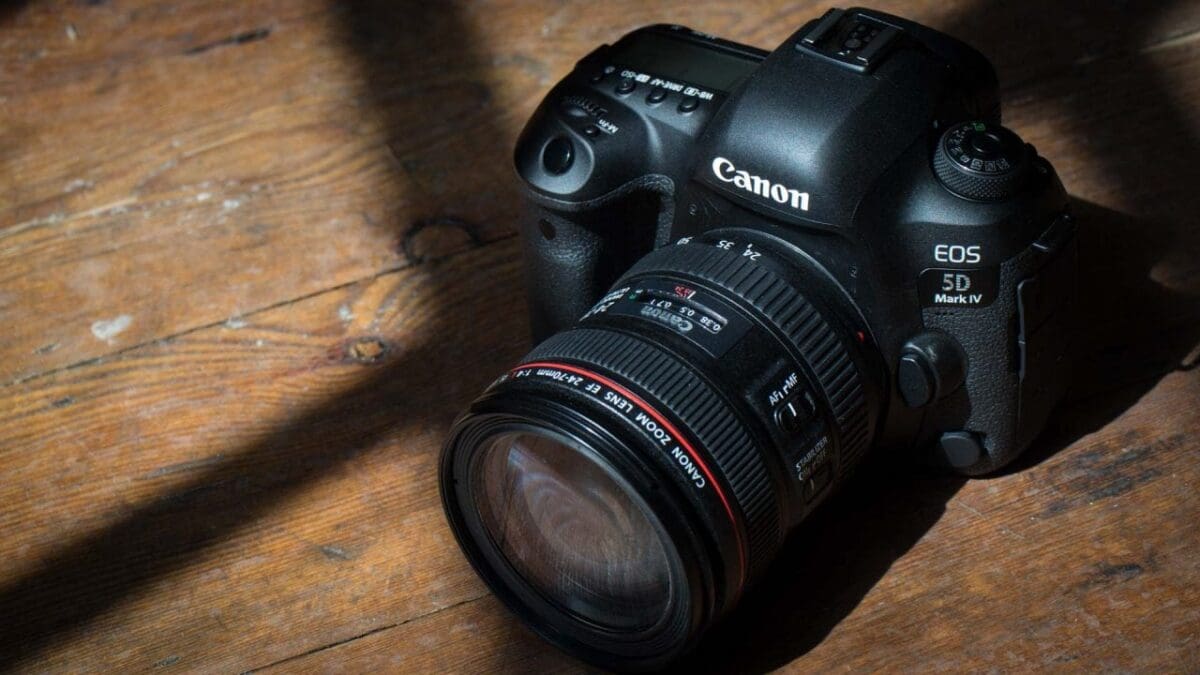
Canon EOS 5D Mark IV
- Noise well-controlled at high ISOs
- Can focus down to -3EV
The 30-megapixel EOS 5D Mark IV is the latest in Canon’s 5D line of full-frame DSLRs. Jumping from 22.3 million pixels with the 5D Mark III to 30.4 million on the 5D Mark IV’s sensor enables the camera to record more detail.
There was also quite a bit of development in camera technology during four year gap between the 5D Mark III going on sale and the 5D Mark IV’s arrival and consequently the 8-million-pixel increase in pixel count doesn’t come with an increase in image noise – it’s the opposite in fact. Image quality is high, with noise being controlled very well up to ISO 25,600.
Canon hasn’t given the 5D Mark IV more autofocus points than the 5D Mark III but the 61 points are spread further up and down the frame. Also as before, there are 41 cross-type points, however, 21 of them are cross type down to f/8 (rather than f/4).
There are also 5 dual cross-type points that are sensitive down to f/8 (with the 5D Mark III these are dual cross-type at f/2.8). The system also operates down to -3EV, 1EV darker conditions than the 5D Mark III’s system. This all adds up to make the Canon 5D Mark IV’s autofocus system more sensitive and better able to detect a subject.
Best cameras for low light photography based on AF performance
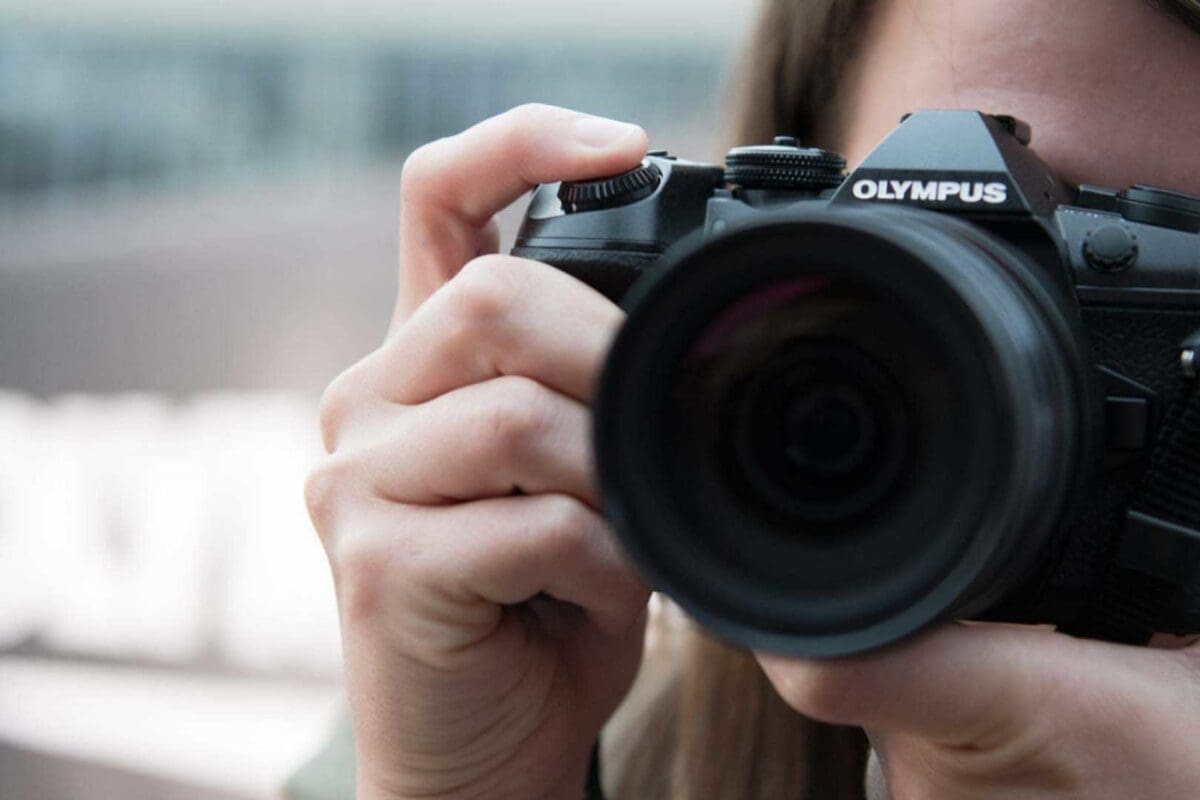
Olympus OM-D E-M1 Mark II
- Fast and accurate focusing in low light
- Superb stabilisation system
The replacement to the Olympus OM-D E-M1, the E-M1 Mark II brings a higher resolution (20.4Mp) sensor, significantly improved autofocusing, High Res Shot mode, 4K video capability and twin SD card slots along with an enhanced Image Stabiliser (IS) system that works across 5 axis.
As soon as our reviews editor Angela started using the OM-D E-M1 Mark II, she was impressed by the speed of its autofocus system. In most instances, even low-light, it gets the subject sharp very quickly. The Tracking AF system is also good.
Olympus’s Image Stabiliser system is respected, but the 5-axis version in the OM-D E-M1 Mark II breaks new ground. Shooting at the 100mm end of the new 12-100mm f/4 lens I was able to get consistently sharp images at 1/2sec proving the 6.4EV shutter speed extension claim to be true.
In her review Angela found that while image quality isn’t as good as the full-framers on our best cameras for low light list when shooting at high ISOs, its AF system is great in gloomy conditions
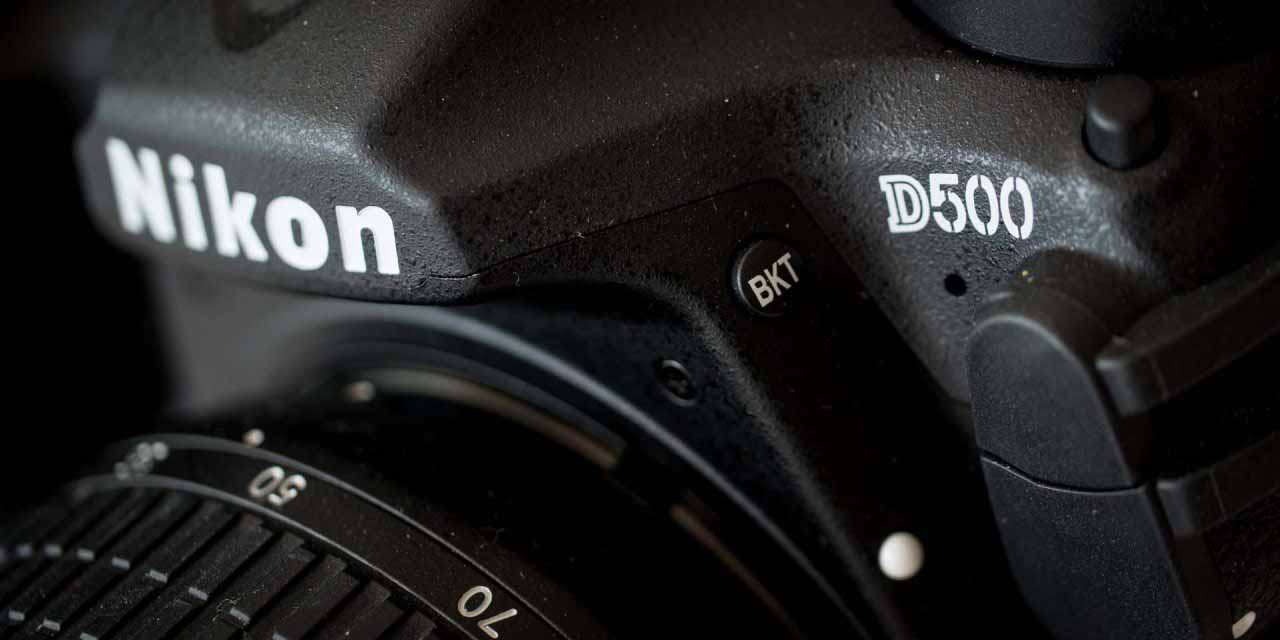
Nikon D500
- Great all-rounder
- Excellent 153-point Multi-CAM 20K AF system
Although it has an APS-C format sensor the Nikon D500 is a professional-level SLR aimed at experienced photographers. It uses the same sensor architecture as Nikon’s flagship SLR, the D5, and this in combination with the Expeed 5 processing engine and a relatively modest effective pixel count of 20.9 million, enables a very wide sensitivity range.
There’s also an excellent autofocus system which works well in gloomy conditions, helping to make the camera an excellent all-rounder and a great choice for sport and action photographers.
Inside the Nikon D500 is a 153-point Multi-CAM 20K autofocus module, which means that the D500 has 99 cross-type AF sensors with the central one being sensitive down to -4EV and the others down to -3EV. So it’s effective in very low light.
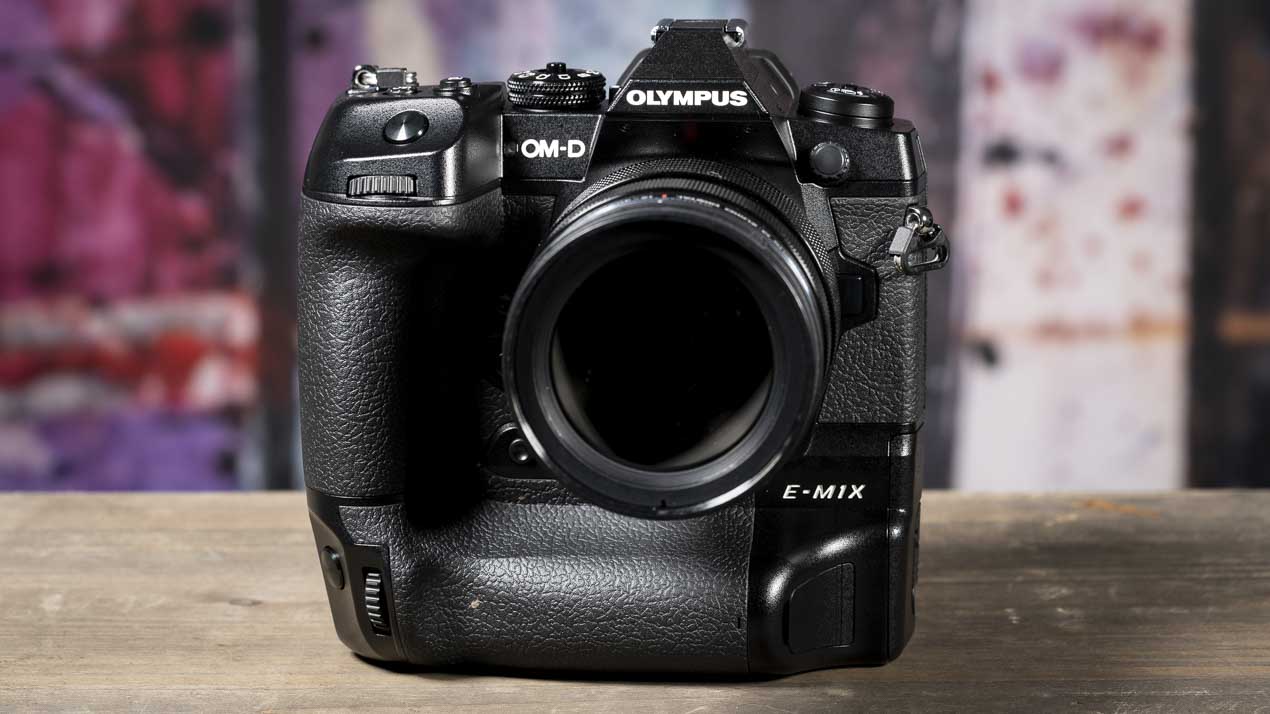
Olympus OM-D E-M1 X
The OM-D E-M1 II has a very good autofocus (AF) system, but Olympus has redeveloped it for the OM-D E-M1X. As before, the imaging sensor has 121 cross-type phase detection AF points but the AF algorithm has been re-worked to boost performance. This also enables the E-M1X to use AF information from recorded images to aid tracking subjects that move unpredictably.
In addition, there’s a selection of new AF settings on the OM-D E-M1X. These include a 25-point target mode and custom AF area settings. Most exciting, however, is the new intelligent subject detection mode. This allows you to set the camera to detect specific subjects automatically.
Further good news is that the AF point can be selected using a mini-joystick multi-selector control on the back of the camera. There are two of these controls so there’s one in easy reach whether you’re using the horizontal or vertical grip.
Olympus has also boosted the AF system’s sensitivity and it’s claimed to operate at -6EV.
In her tests, our reviews editor Angela found that the E-M1X provides incredibly good AF in low light, with image quality comparable to the OM-D E-M1 Mark II.
